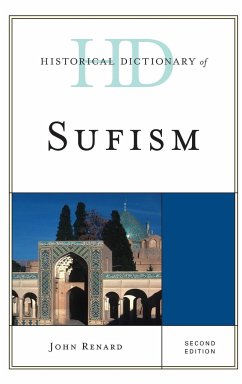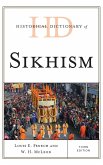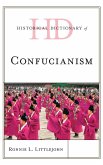This second edition of Historical Dictionary of Sufism contains a chronology, an introduction, glossay, and an extensive bibliography. The dictionary section has over 1,000 cross-referenced entries on important personalities, major historical figures and movements, practices, economy, foreign relations, religion, and culture. This book is an excellent access point for students, researchers, and anyone wanting to know more about Sufism.
Hinweis: Dieser Artikel kann nur an eine deutsche Lieferadresse ausgeliefert werden.
Hinweis: Dieser Artikel kann nur an eine deutsche Lieferadresse ausgeliefert werden.








